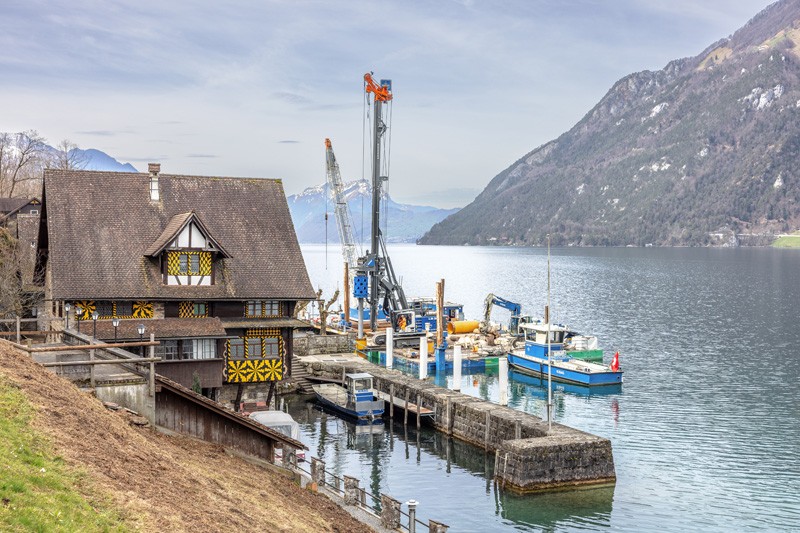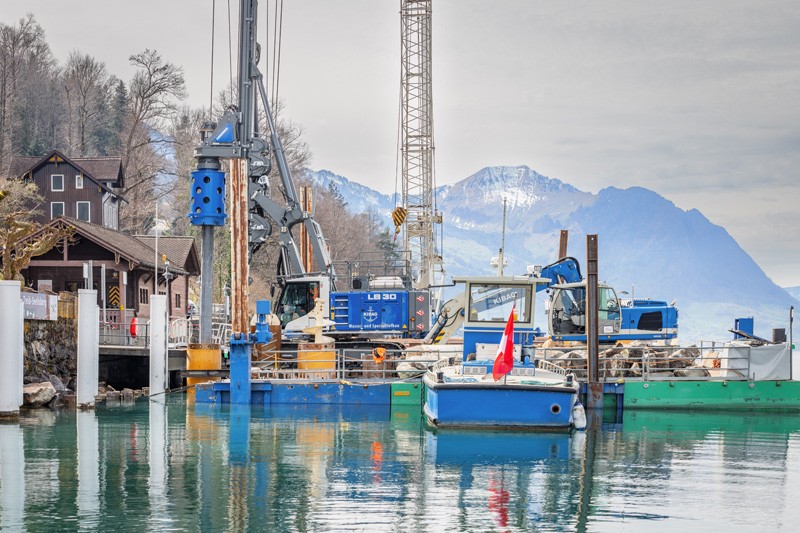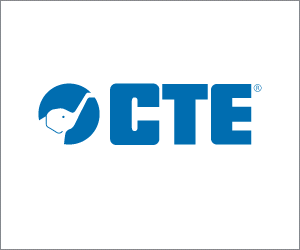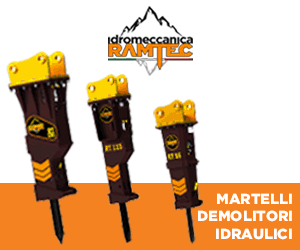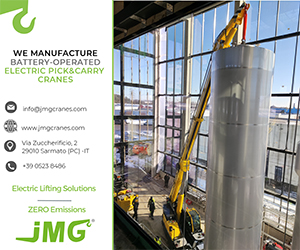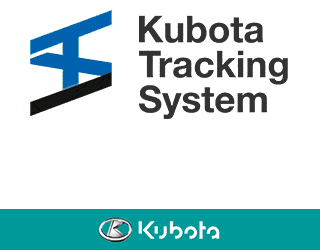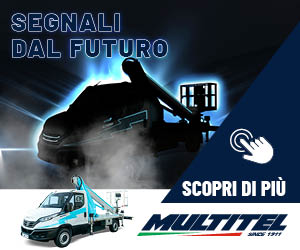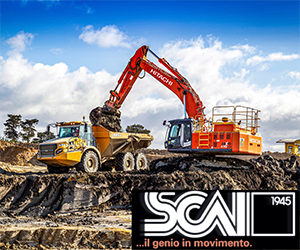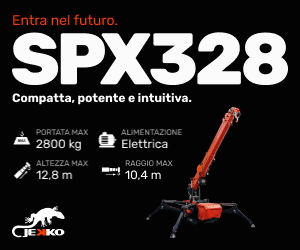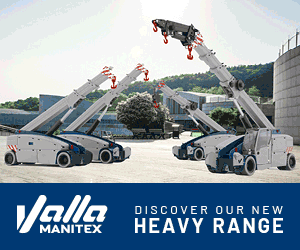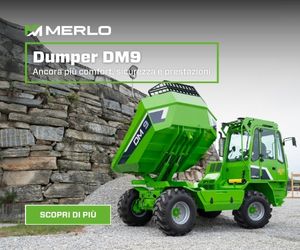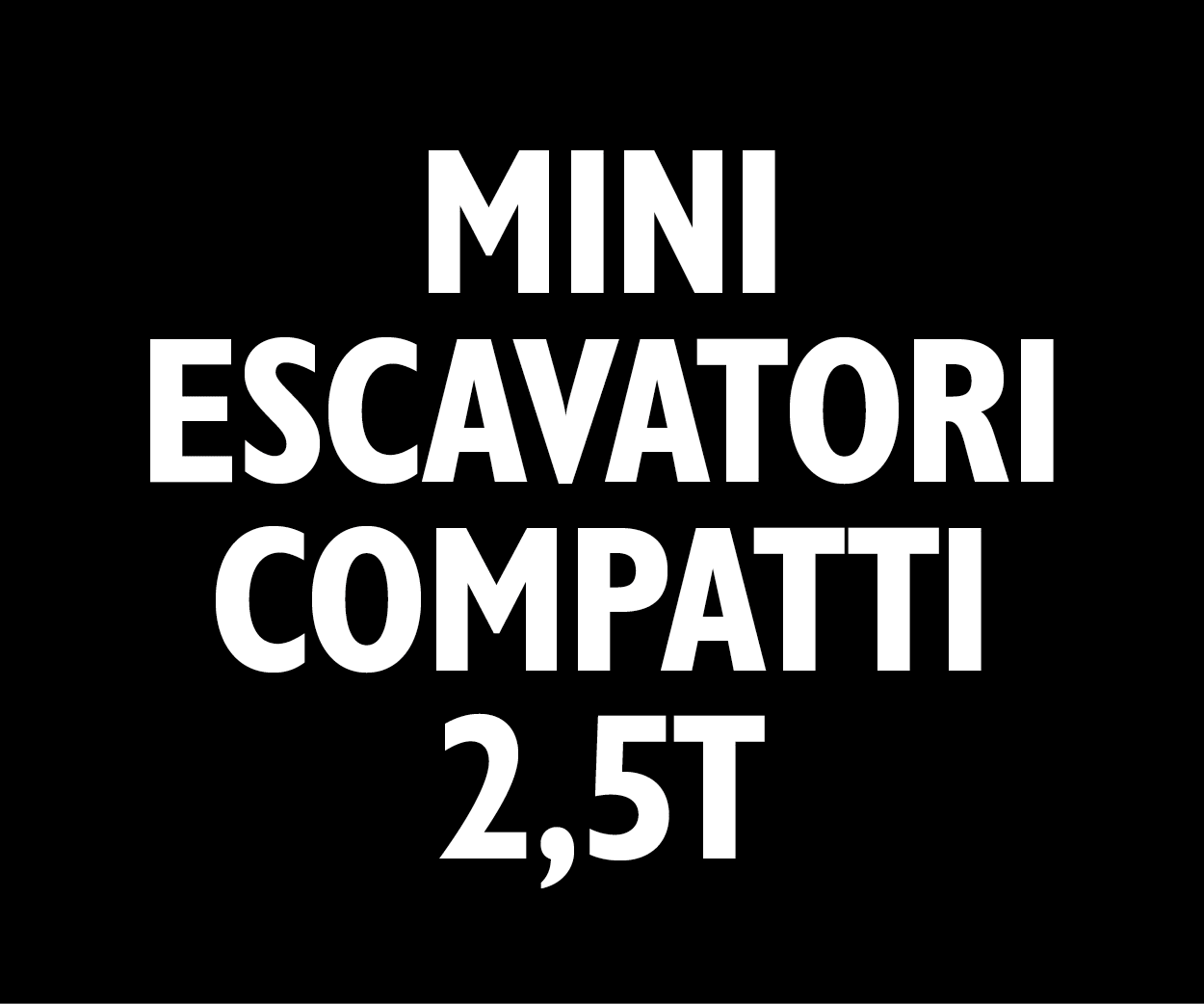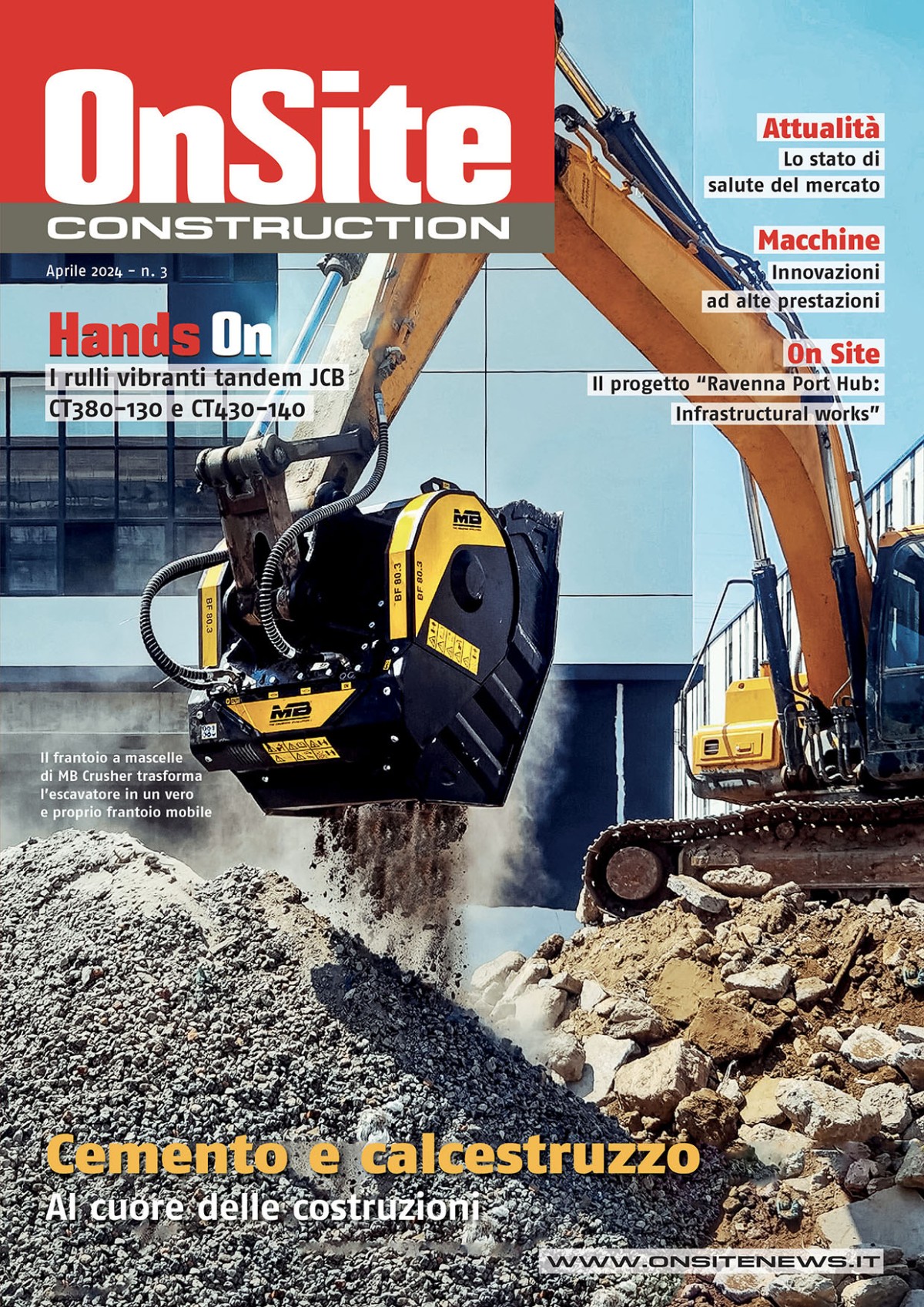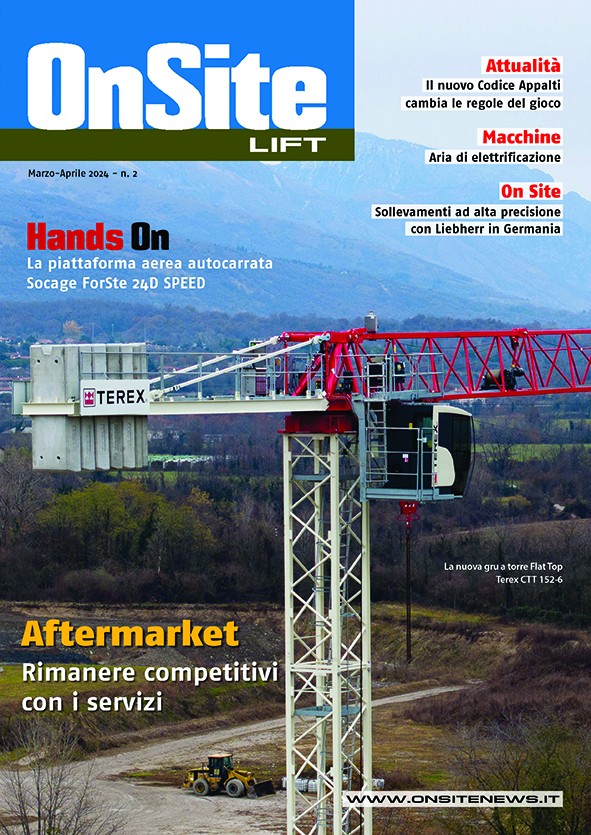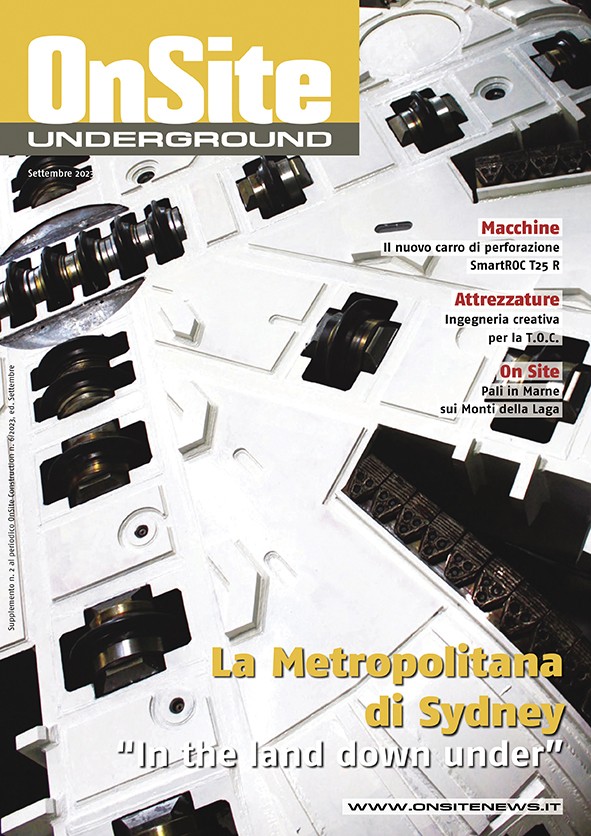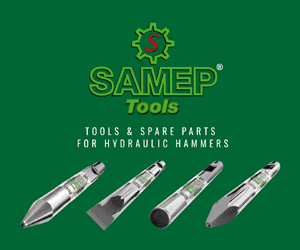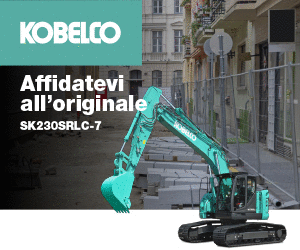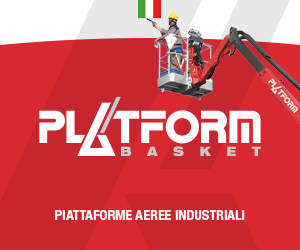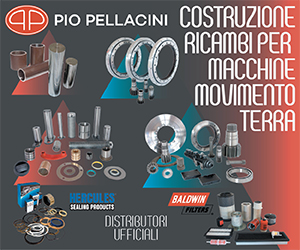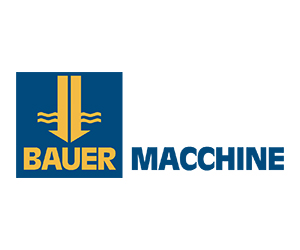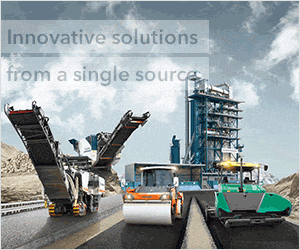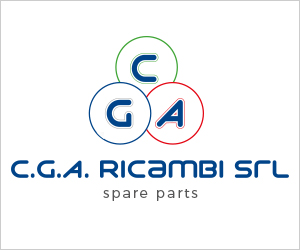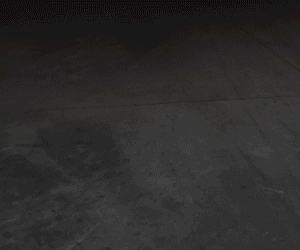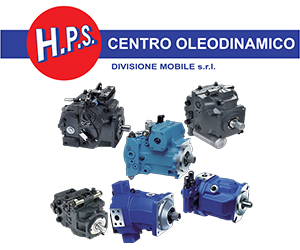Home \ International \ Liebherr drilling rig put to the test
Liebherr drilling rig put to the test
31/08/2023
Pubblicato da Ettore Zanatta
The Swiss company Kibag is installing new mooring piles for the Lake Lucerne Navigation Company. For the first time, Kibag is using a drilling rig from Liebherr’s LB series.
The Swiss company Kibag is installing new mooring piles for the Lake Lucerne Navigation Company. For the first time, Kibag is using a drilling rig from Liebherr’s LB series. The LB 30 is facing challenges which literally couldn’t be harder.
"The problem is that we can't drive the piles here," explains Markus Waldis, Foreman at Kibag. “The ground is too hard. We have to drill the piles and then fill them with concrete.”
In Seelisberg on the southern shore of Lake Lucerne, Markus Waldis’ team are drilling the piles from a pontoon using the LB 30 drilling rig from Liebherr. From the surface of the water around 12 metres deep and with a diameter of 1,300 millimetres. After 3 metres of water comes a stone segment and then at least 6 metres of drilling in the rocks. This rock is an endurance test for the construction personnel and especially for the new LB 30. “The stone is exceedingly hard! The whole machine vibrates,” Markus explains the extreme challenges. Also, the fact that insufficient pressure can be applied from the pontoon with the drilling rig makes it even more difficult. “Otherwise, we just lift the pontoon. We have to secure it very well so that it holds during drilling,” so Markus Waldis describing the different conditions when drilling on water instead of land.
Gianluca Diaco has been a machine operator for 14 years, works for Kibag and this is his first time on a water construction site. “Because the ground is very hard, we have to change the chisels on the auger starter quite often in order to be able to drill through the rocks.” Despite the difficult conditions he is pleased to be operating the Liebherr LB 30. “It’s very strong, compact and moves fast. You can really do everything.” After the hydraulic engineering specialists from Kibag have concreted the outer casings, the mooring pile is inserted. A rubber strap between the outer casing and the pile ensures that the pile is not too rigid and can move a little when the boats moor. To prevent the mooring pile from rotating, it must be secured under water by a diver. The construction site demands everything from the personnel and the drilling rig. Nevertheless, Markus Waldis is pleased with the successful premiere of the LB 30, “The machine works perfectly - tip-top. It has to withstand huge vibrations. It is a great endurance test for the machine. So far it is coping wonderfully.”
To bring the drilling rig to the construction site, the Kibag team travelled across the lake by pontoon for about 6 hours. The Acheregg Bridge in the southwest of Lake Lucerne was the first challenge, explains Markus Waldis, “We had to watch the height and were only able to erect the drilling rig after the bridge, meaning at sea. Our pontoon is relatively large, about 18 metres wide and 40 metres long, and there is a lot of weight on it. That made things very difficult.”

Ultime notizie di Liebherr EM-Tec Italia

Earthmoving Machinery
16/04/2024
Used Equipment Marketplace: New portal for Liebherr used machines
– Digital marketplace with an extensive portfolio of used ma...
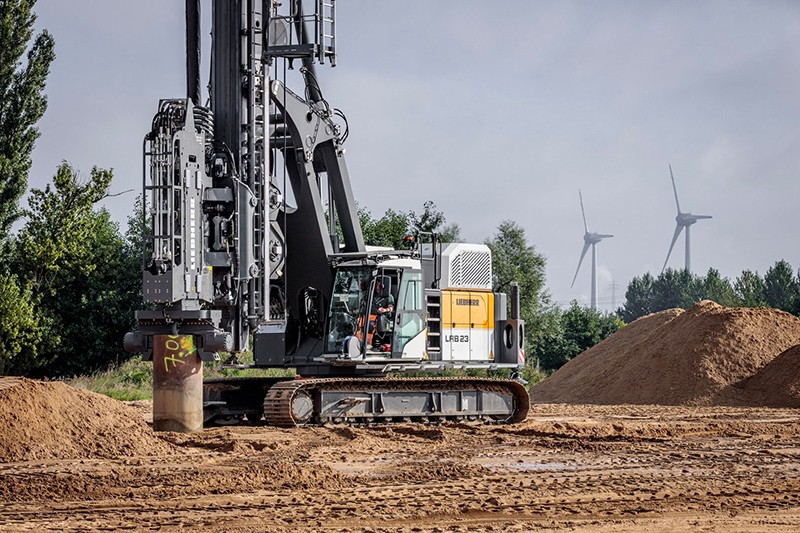
Perforation
04/04/2024
LRB 23 continues the success story of piling and drilling rigs for Liebherr
The piling and drilling rig type LRB 23 closes the gap betwe...
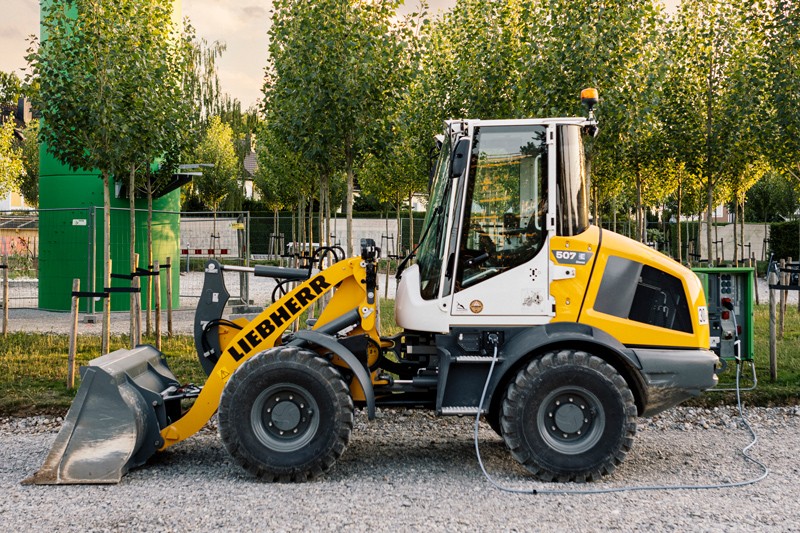
Earthmoving Machinery
27/03/2024
Liebherr-Werk Bischofshofen invests in a new assembly hall
Separate hall for the assembly of the L 507 E battery-electr...
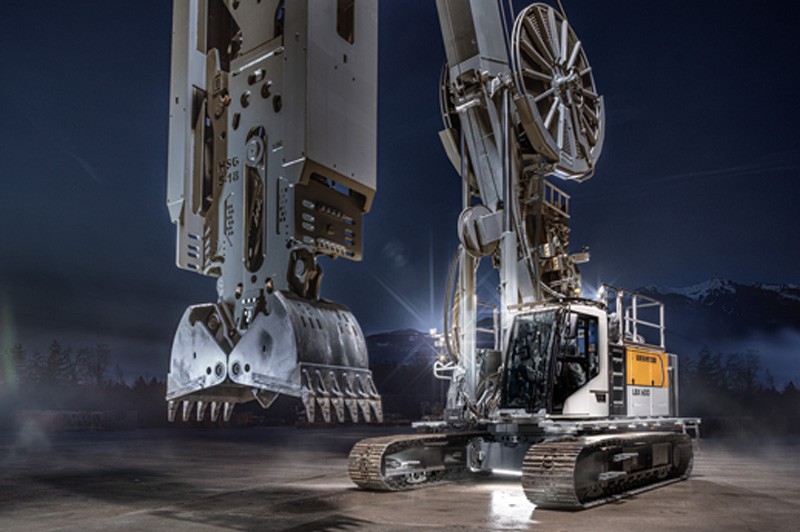
Earthmoving Machinery
25/03/2024
New carrier machine for slurry wall construction Liebherr LBX 600
Liebherr launches a new carrier machine for slurry wall cons...
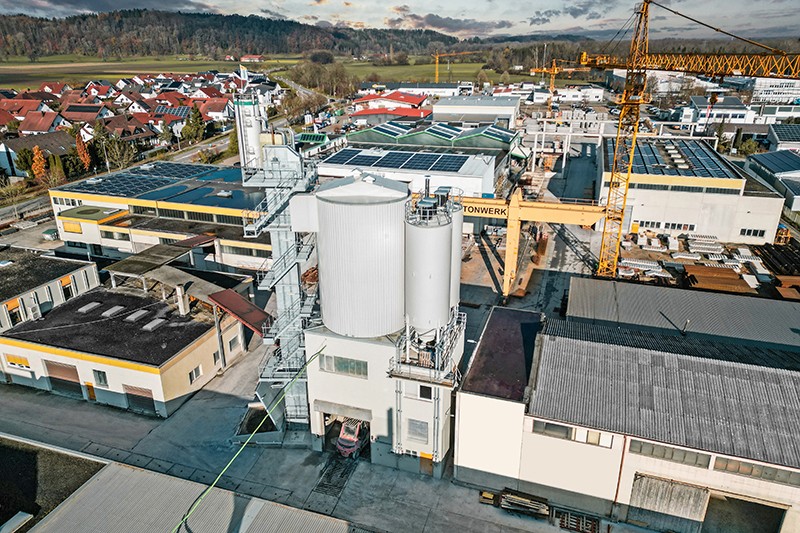
Earthmoving Machinery
22/03/2024
Liebherr mixing tower supplies quality concrete for crane ballast weights
– Högerle Betonwerk GmbH has put a new Betomat mixing tower...
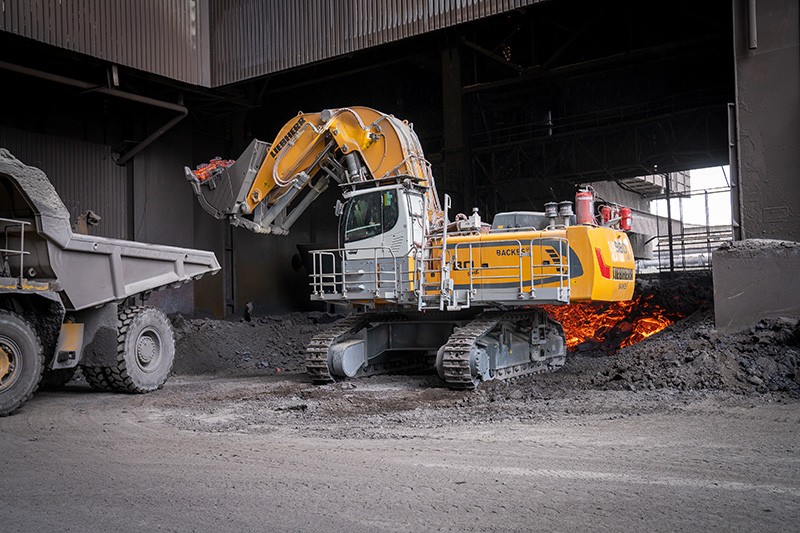
Earthmoving Machinery
14/03/2024
The Liebherr R 980 SME in slag handling operations
This R 980 SME crawler excavator was specifically designed f...
Altri International

International
26/04/2024
Digitalisation and sustainability at the Wirtgen Group's "Technology Days"
Digitalisation and sustainability were the focal points of t...
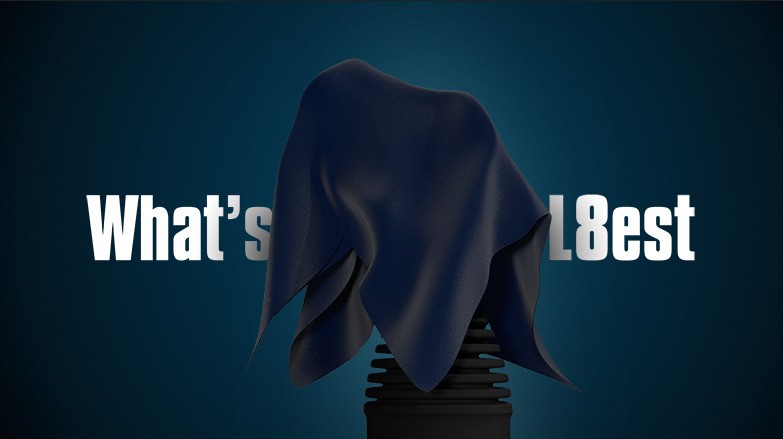
International
26/04/2024
SVAB launches the successor to the popoular joystick Grip L8
At this year’s edition of Intermat in Paris on April 24-27,...
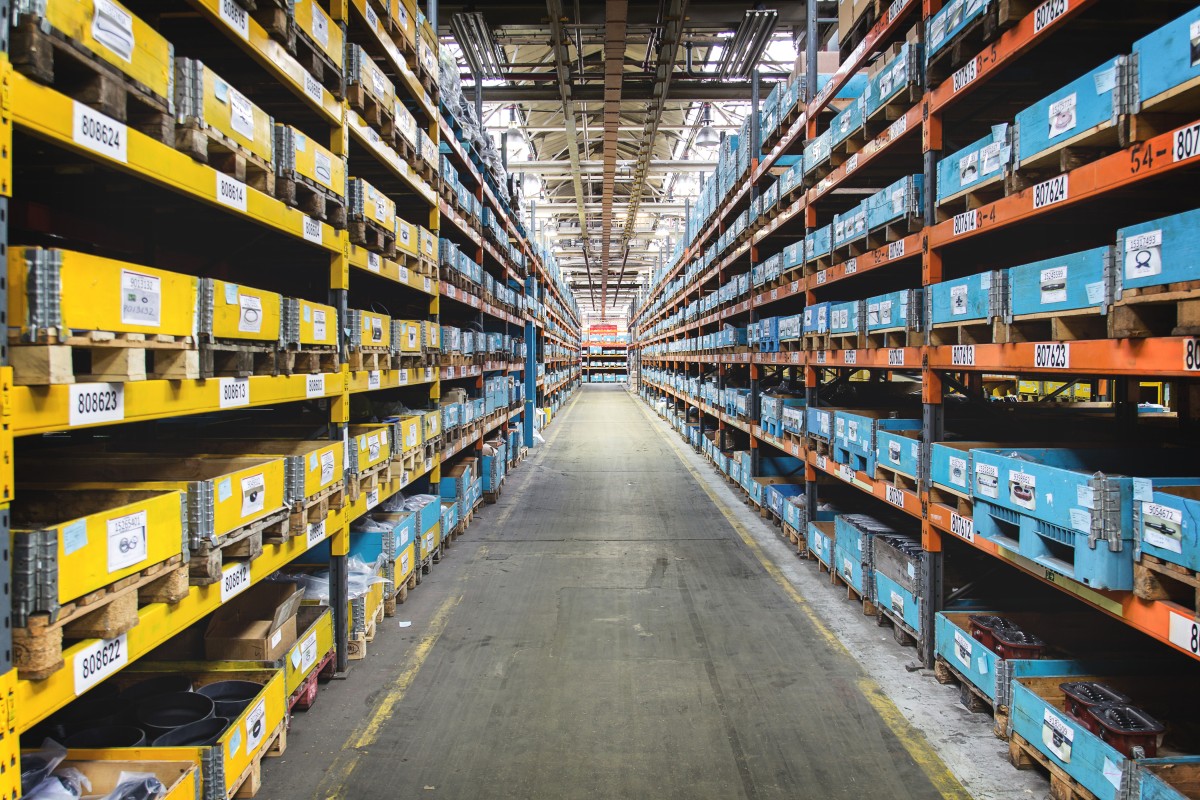
International
25/04/2024
Genuine parts ensure articulated hauler quality and uptime
The importance of good quality, reliable parts when maintain...
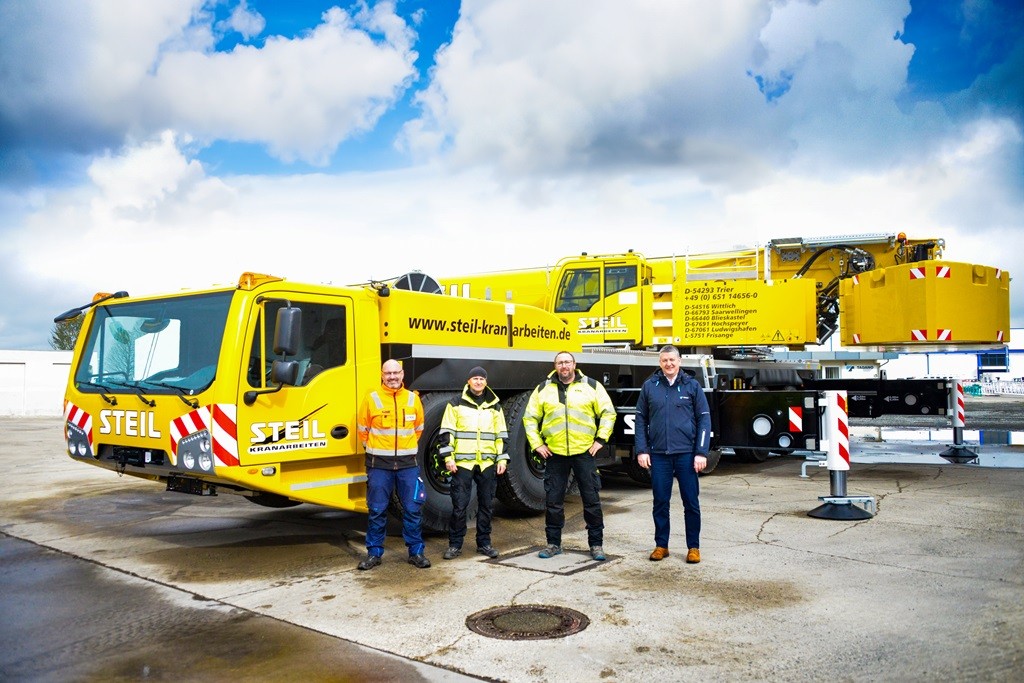
International
25/04/2024
Steil takes delivery of new Tadano AC 6.300-1 all terrain crane
Steil takes delivery of new Tadano AC 6.300-1 all terrain cr...
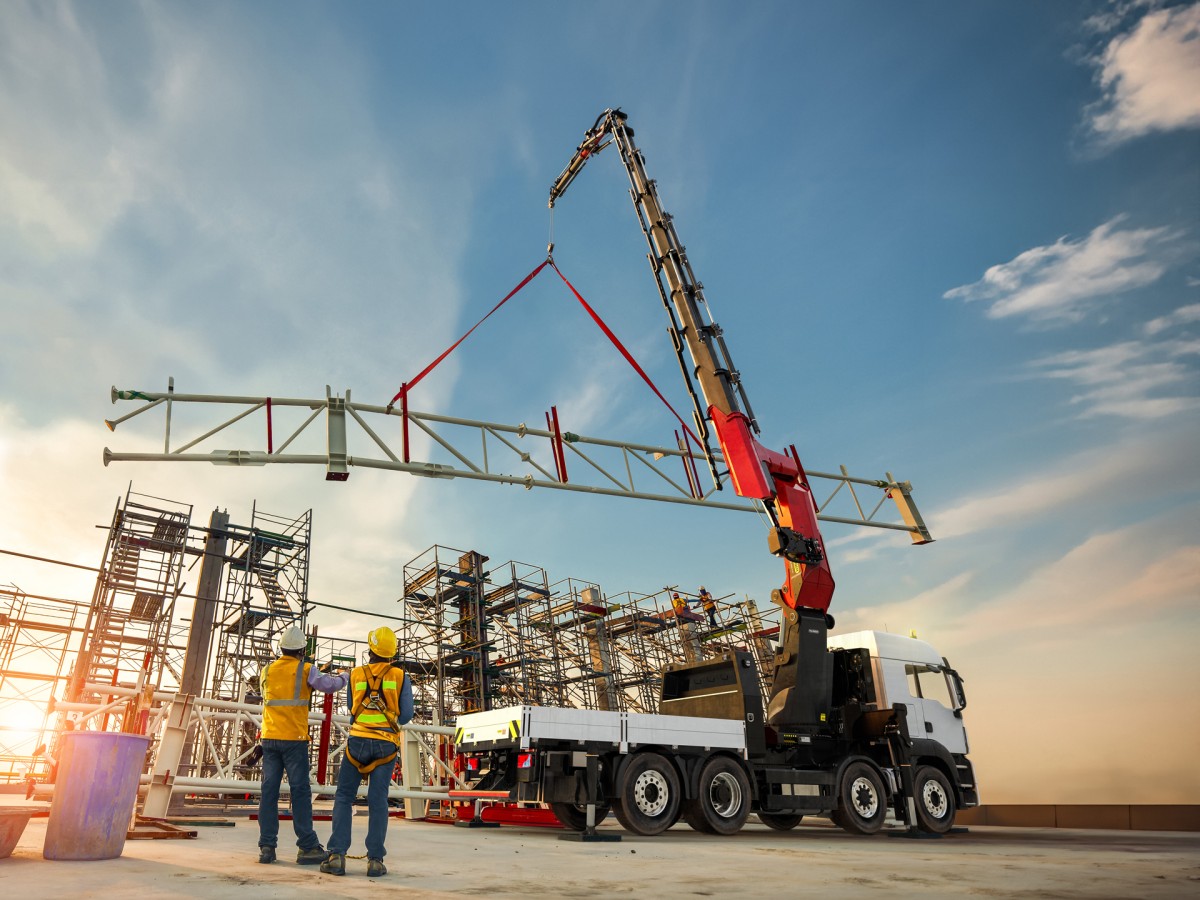
International
24/04/2024
New Palfinger's TEC Heavy-Duty Cranes Set Standards in Power & Precision
The new Palfinger PK 1350 TEC and PK 1650 TEC heavy-duty cra...
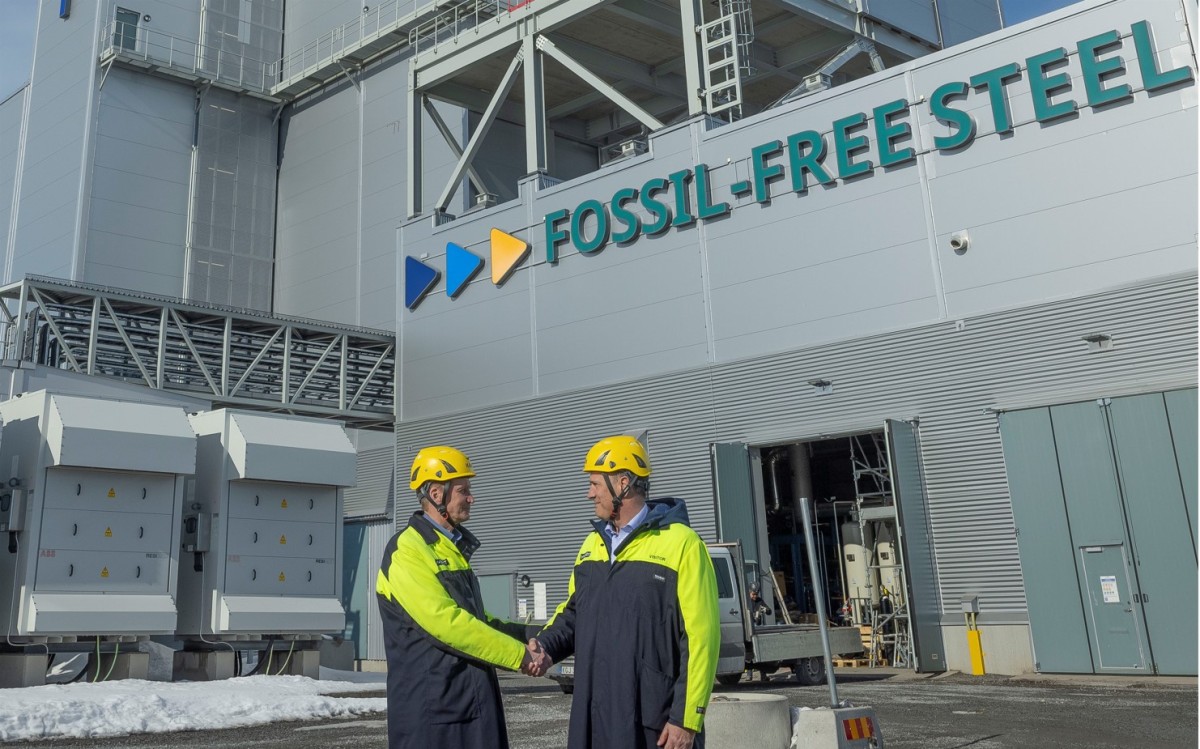
International
24/04/2024
SSAB and Manitou Group agree on fossil-free steel
Manitou Group announces the signature of a letter of intent...












